How to start a print-on-demand business: A step-by-step guide
Starting a print-on-demand (POD) business is a fantastic way to dive into eCommerce with minimal upfront costs.
This business model allows you to create custom products that are printed and shipped directly to customers only after a sale. You don’t need to make space for inventory or manage one.
In this guide, we’ll walk you through each step of starting your own POD business with practical tips to help you succeed.
How to start a print-on-demand business
Let’s go over the steps to start a print-on-demand business from start to finish.
1. Choose your niche
Choosing a niche is one of the most important steps in starting a successful print-on-demand business.
A niche is a specific part of the market your products will cater to. Focusing on a niche allows you to:
- Target a specific audience. By narrowing your focus, you can tailor your marketing efforts to attract a smaller group of people, making your business more competitive.
- Stand out from the competition. A unique niche helps differentiate your business from the multitude of other POD stores.
- Build a loyal customer base. By catering to a specific interest or passion, you can create products that resonate deeply with your target market, encouraging loyalty and repeat purchases.
To choose a niche, start by identifying your interests and passions. Consider your hobbies, areas of expertise, and what excites you. This could be anything from yoga, pets, travel, and fitness to professions like nursing or teaching.
For example, if you love hiking, your niche could be outdoor and hiking-themed apparel and accessories.
Next, conduct market research to understand the demand and competition. Some effective market research strategies include:
- Examining social media trends. Use Instagram and Pinterest to see what people are talking about. Search for hashtags related to your interests to find popular trends.
- Using Google Trends. Look up potential eCommerce trends and niches to see how their popularity changes over time. For example, search for terms such as eco-friendly products to gauge interest in relevant products.
- Conducting keyword research. Tools like Ahrefs or Semrush can help you find high-traffic keywords related to your interests. Look for terms with a decent search volume but low competition.
- Doing product searches on marketplaces. Browse popular items on Amazon, Etsy, and eBay to identify niches that are currently in demand.
Analyzing the competition is also crucial. Study successful POD stores in your potential niches. Look at their products, designs, and marketing strategies. For example, if you’re interested in pet-themed products, check out popular stores selling pet apparel and accessories to see what’s working and find market gaps your own store can fill.
Next, validate your niche idea by seeking feedback from potential customers. Use social media polls, forums, or surveys to ask for opinions. Engage with niche-related communities on platforms like Facebook groups. For instance, if considering custom pet portraits, join pet lover groups and get their feedback.
Finally, consider the profitability of your niche. Evaluate the pricing of products and calculate potential profit margins. For example, if your niche is custom pet portraits, research typical pricing and costs to ensure a reasonable profit margin.
Niche examples
Need some ideas? Here are some niche examples you can consider:
- Fitness and health. Products related to specific sports, workout routines, or healthy living, such as yoga mats, water bottles, and apparel with motivational quotes.
- Pets. Products for pet owners, such as apparel featuring specific breeds, pet accessories, and personalized items like t-shirts with funny dog quotes or custom pet portraits on mugs.
- Hobbies. Items related to hobbies like gaming, gardening, photography, or cooking, such as gaming-themed hoodies, gardening tool kits, and custom aprons for chefs.
- Professions. Products that cater to specific professions, such as teachers, nurses, or engineers, such as funny teacher-themed tote bags or engineer-themed coffee mugs.
- Lifestyle and culture. Products that reflect a particular lifestyle or cultural identity, such as veganism and sustainability.
2. Decide what to sell
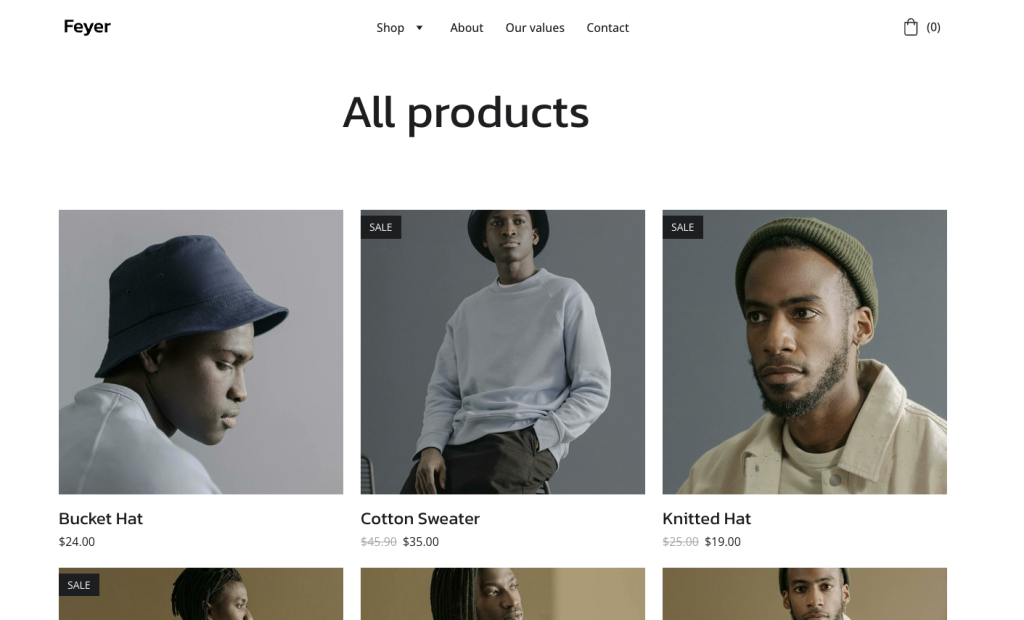
Deciding what to sell is a key step in launching your print-on-demand business. The variety of products available for POD is vast, giving you many options to choose from.
Your product selection should align with your chosen niche to ensure it appeals to your target audience.
For instance, if your niche is yoga-themed apparel, you might focus on selling t-shirts, leggings, and tote bags with yoga-inspired designs. Matching your products to your niche helps create a cohesive brand and makes your marketing efforts more effective.
Sustainable and eco-friendly products are becoming increasingly popular and can attract environmentally conscious customers.
If sustainable practices align with your niche, consider offering products made from organic cotton, recycled materials, or other sustainable sources. Highlighting the eco-friendly aspects of your products can differentiate your brand and appeal to a growing market segment.
Popular POD products
Here are some popular POD products to inspire your selection:
- T-shirts. A staple in the POD industry, t-shirts are versatile and popular among all demographics.
- Hoodies. Great for cool weather, hoodies are a popular choice for casual wear.
- Phone cases. Highly customizable and always in demand, phone cases are a great way to showcase unique designs.
- Mugs. Perfect for personalized gifts, mugs are popular for both personal use and as gifts.
- Tote bags. Useful and fashionable, tote bags are popular, especially the eco-friendly and reusable options.
- Leggings. Ideal for niches related to fitness, yoga, and active lifestyles.
- Posters and art prints. These products are great for home decor niches and can feature a wide range of designs.
3. Create your designs
Creating appealing designs is crucial for the success of your print-on-demand business. The designs on your products are what attract customers and make your items stand out.
There are several approaches to creating designs for your POD products:
Do-it-yourself (DIY)
If you have graphic design skills, you can create your own designs using design software like Adobe Illustrator, Photoshop, or free tools like Canva. DIY designs allow you to fully customize your products to match your vision and brand.
For example, use Canva to design a series of motivational quotes for t-shirts in your fitness niche.
Use premade designs
Purchase ready-made designs from websites like Creative Market or Etsy. This is a good option if you’re not confident in your design skills or if you want to save time.
You could, for instance, buy a bundle of yoga-themed designs to use on your apparel and accessories.
Hire a designer
If you want professional-quality designs, consider hiring a freelance designer. Websites like Fiverr and Upwork can connect you with professionals who can create custom designs based on your specifications.
For example, you can commission a designer to create a unique logo and brand identity for your eco-friendly product line.
Validate your designs
Before finalizing your designs, it’s important to validate them to ensure they resonate with your target audience. Here are a few ways to get feedback:
- Social media polls. Use Instagram Stories or Facebook polls to ask your followers which designs they prefer.
- Focus groups. Gather a small group of people from your target market to review and give feedback on your designs.
- Surveys. Send out surveys to your email list or post them in relevant online communities to gather opinions.
Legal considerations
When creating designs, it’s essential to avoid trademark infringement and copyright issues. To make your designs legally sound, create your own artwork or ensure you have the right to use any images, fonts, or graphics. Avoid using copyrighted material, such as logos, characters, or artwork from other creators without permission.
Always check for existing trademarks before finalizing a design to ensure it doesn’t infringe on anyone else’s intellectual property. Taking these precautions helps protect your POD business from legal issues and maintains the integrity of your brand.
4. Choose a print provider
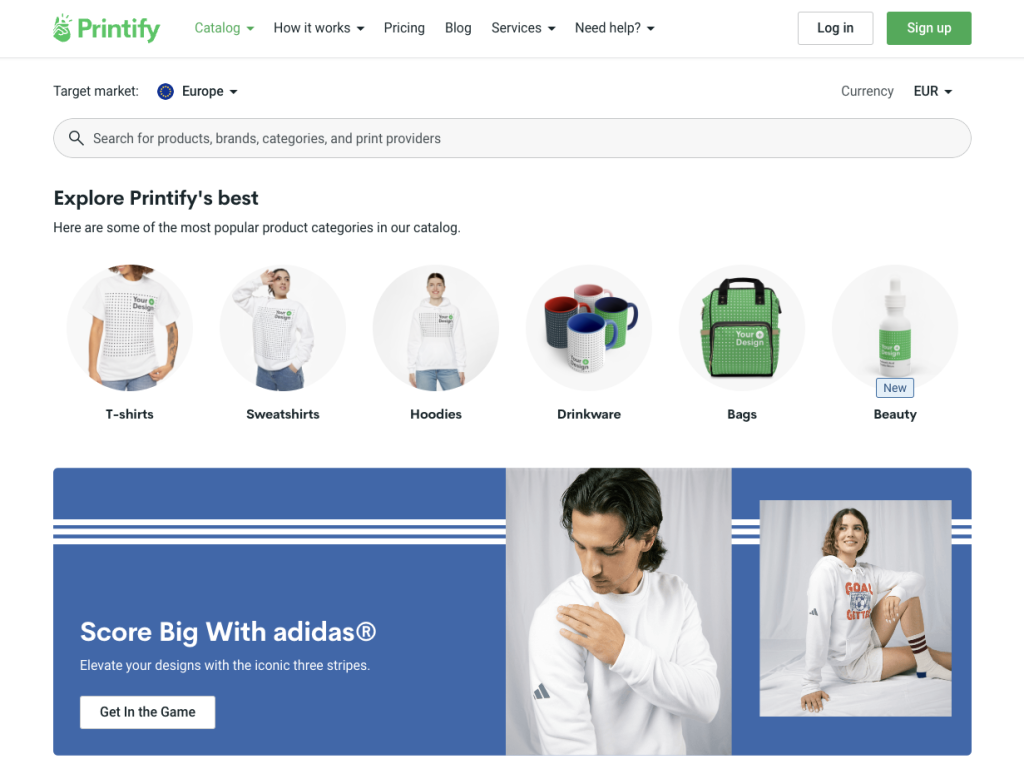
Selecting the right print-on-demand service is crucial for the success of your online business. Your provider will handle the production, printing, and shipping of your products, so you must choose the one that best meets your needs.
When choosing the best print provider for your POD business, consider these factors:
- Product range. Ensure the provider offers a variety of products that align with your niche. For example, if your niche is yoga, check if it offers yoga mats, leggings, and other relevant items.
- Printing techniques. Look for providers that use high-quality printing methods like direct-to-garment (DTG), sublimation, or screen printing. The technique used can affect the durability and vibrancy of your designs.
- Turnaround times. Consider how quickly the provider can produce and ship your products. Faster turnaround times mean quicker delivery for your customers, which can improve satisfaction and encourage repeat orders.
- Shipping rates and packaging. Compare shipping costs and see if the provider offers branded packaging options. Affordable shipping rates and attractive packaging can enhance the customer experience.
- Fees and returns policy. Understand the costs involved, including production, shipping, and any additional fees. Also, check the provider’s returns policy to ensure it aligns with your customer service standards.
- eCommerce platform integration. Ensure the provider integrates seamlessly with your eCommerce platform. This integration can streamline your operations and make it easier to manage orders.
Here are some popular print-on-demand services to consider:
- Printify. This company is known for its wide range of products and integrations with major eCommerce platforms. Printify offers competitive pricing and multiple print providers, giving you flexibility in choosing the best fit for your needs.
- Printful. Renowned for high-quality prints and excellent customer service, Printful offers a broad product range and integrates with various eCommerce platforms. It also provides branding options like custom labels and packaging inserts.
- Modalyst. Specializing in fashion and apparel, Modalyst offers unique products and fast shipping. It’s a good choice if your niche focuses on trendy or high-fashion items.
Before committing to a print provider, it’s wise to order samples of your products. This allows you to evaluate the print quality, material, and overall product presentation.
You should also consider reading online reviews and joining POD forums or communities to hear about other business owners’ experiences with different providers.
5. Set up your print-on-demand business
Once you have chosen your products and print provider, it’s time to set up your website.
Creating an attractive, user-friendly, and functional landing page or business website is essential because it serves as the central hub for your brand. It provides potential customers with information about your products and directs them to your print-on-demand store.
Be sure to use custom CTAs when guiding visitors to make purchases on your site. This is because landing page statistics show that personalized CTAs convert 42% more visitors than generic ones.
Having your own website also allows you to control your brand’s narrative and enhance your marketing efforts. It helps establish credibility, differentiate your brand from competitors, and create a cohesive brand identity, all of which contribute to building customer trust and loyalty.
Build a landing page with Hostinger Website Builder

The user-friendly Hostinger Website Builder is an excellent choice for beginners looking to set up their first website.
It eliminates the need for coding knowledge by providing an intuitive drag-and-drop interface, making it easy for anyone to create a professional-looking business website for just ₹249.00/month.
Key features:
- AI Writer. Use the integrated AI Writer to generate engaging landing page content that captures your audience’s attention. Whether it’s crafting compelling headlines, product descriptions, or brand stories, the AI Writer ensures your POD landing page communicates the value of your products effectively.
- AI Website Builder. The AI builder helps automate the website design process, making it even easier to create a professional-looking landing page. It can suggest layouts, color schemes, and design elements that best suit your brand based on your description.
- Marketing integrations. Easily integrate with popular marketing tools and platforms such as Google Analytics, Facebook Messenger, and other social media channels to streamline your marketing efforts and track your POD landing page’s performance.
- SEO tools. Utilize built-in SEO tools to ensure your POD landing page gets found on search engines, helping attract more visitors to your site.
Get started by dong this:
- Choose a suitable website builder plan. We recommend choosing the Business Website Builder plan to ensure sufficient resources for your site.
- Pick a domain name. Select a memorable and relevant domain name that reflects your brand. If you need help, read up on how to choose the right domain name.
- Set up your account. After paying for your purchase, follow the on-screen instructions and access hPanel to use the website builder.
Once you have access to the builder, it’s time to create your landing page. Designing your online presence with Hostinger Website Builder is a straightforward process:
- Navigate to the Website section in hPanel and click on Create or migrate a website.
- Follow the onboarding flow. Make sure to choose to create a new site using Hostinger Website Builder.
- Use the AI builder or choose a template that best reflects your niche and business.
- Use the drag-and-drop editor to adjust elements like colors, fonts, and page layouts to align with your brand and design idea. The grid system ensures each element is aligned neatly, creating a polished and professional look.
- Add buttons that link to your online store. Clearly label these buttons with calls-to-action like Shop Now or View Our Collection to direct visitors to your POD store.
To complete your setup, connect your landing page to your print-on-demand store. Use a print-on-demand service like Printify or Printful to manage your products and orders. Simply add links or buttons on your landing page that direct customers to your POD store’s product pages.
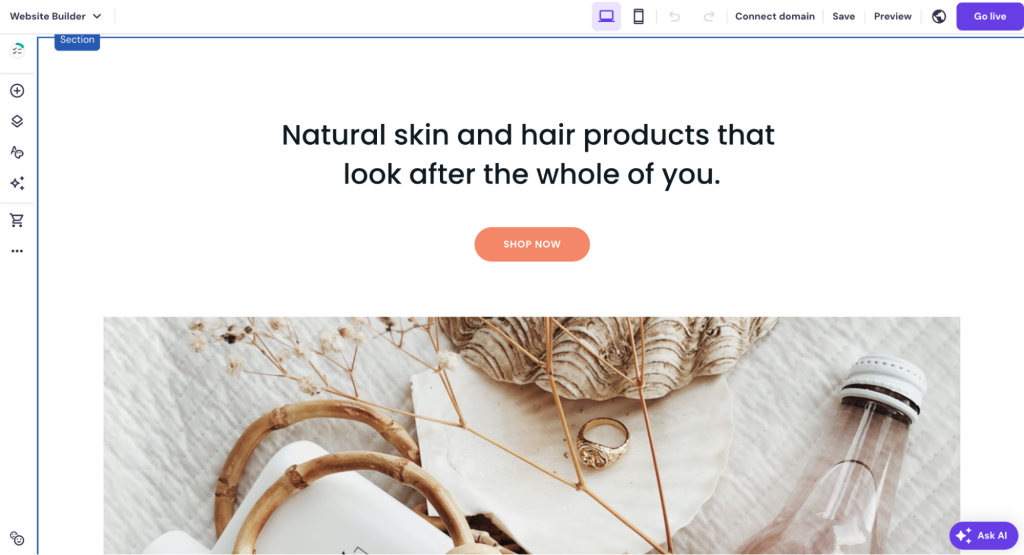
Before publishing, preview your site to ensure everything looks and functions as expected on both desktop and mobile devices. Once you’re satisfied, click Go live to publish your landing page.
Read our tutorial for actionable tips on how to create a landing page that converts.
6. Price your products
Setting the right prices for your products is crucial for profitability and competitiveness. Consider the following to price your products effectively:
- Startup costs. Include the costs of setting up your store, product samples, and marketing expenses.
- Production costs. Calculate the cost of producing each item, including printing, material costs, and any fees the print-on-demand service takes.
- Shipping costs. Factor in shipping costs, whether you offer free shipping or charge customers.
- Competitor pricing. Research the price of similar products to ensure your prices are competitive.
- Product uniqueness. Unique or custom-designed products can command higher prices.
- Profit margins. Determine the profit margin you need to sustain your business and ensure profitability.
To set prices that cover your expenses and provide a profit, calculate costs accurately using a spreadsheet to track all expenses.
Then, regularly monitor and adjust your pricing strategy based on market trends, costs, and customer feedback to stay competitive and profitable.
Example calculation
To determine your selling price, consider the following example:
Cost of goods sold (COGS): $10
Shipping cost: $5
Desired profit margin: 50%
Selling price: (COGS + shipping cost) * (1 + desired profit margin) = ($10 + $5) * 1.5 = $22.50
7. Market your products
Marketing is crucial for driving traffic to your online store and generating sales. Without effective marketing, even the best products can go unnoticed. Here are some practical strategies to get started with marketing your print-on-demand store:
Word of mouth
Encourage satisfied customers to share their experiences with your products with their friends and family. You can incentivize this by offering discounts or referral bonuses.
For example, offer a 10% discount on the next purchase for customers who refer a friend.
Social media
Build a strong presence on platforms like Instagram, Facebook, and TikTok.
Post regularly, interact with followers, and use relevant hashtags to increase visibility. Share behind-the-scenes content, customer testimonials, and user-generated content to create a community around your brand.
Content marketing
To attract and engage your audience, create valuable content related to your niche. This can include blogging, videos, and infographics.
For instance, if your niche is eco-friendly products, write blog posts about sustainable living tips, the benefits of using eco-friendly products, and personal stories from customers.
This type of organic marketing is cost-effective and helps build a loyal customer base over time.
Influencer partnerships
Collaborate with influencers in your niche to reach a wider audience. Influencers can review your products, share them with their followers, and create authentic content that promotes your brand.
For example, send a free product to a popular yoga influencer and ask them to share their experience with their followers.
Email marketing
Build an email list to keep in touch with potential and existing customers. Send newsletters with updates, promotions, and valuable content to nurture relationships and drive repeat sales.
Offer a discount code for new subscribers and send regular emails about new product launches and special offers.
Pro Tip
Once you have a solid organic presence, consider scaling with paid ads. Platforms like Facebook Ads, Google Ads, and Instagram Ads can help you reach a larger audience and drive more traffic to your store.
8. Provide excellent customer service
Outstanding customer service is essential for building trust and loyalty among your customers. Happy customers are more likely to return and recommend your store to others.
Here’s how to provide excellent customer service in your print-on-demand business:
- Be responsive. Quickly respond to customer inquiries and concerns. Aim to reply to emails and messages within 24 hours. Set up automated responses to acknowledge receipt of inquiries and provide estimated response times.
- Handle complaints gracefully. Address customer issues professionally and empathetically. Offer solutions such as refunds, replacements, or discounts on future purchases.
- Personalize communication. Address customers by name and customize messages to make them feel valued. Personalized communication can make a big difference in customer satisfaction. Consider sending thank-you emails after purchases, mentioning specific items they bought and expressing appreciation.
- Provide clear information. Ensure your website has clear information about shipping, returns, and FAQs. This transparency helps manage customer expectations and reduces confusion.
- Follow up. Check in with customers after their purchase to ensure they are satisfied. This can be done through follow-up emails or surveys.
9. Monitor the performance of your online store
Regularly analyzing your business performance is crucial for understanding what’s working and what needs improvement. By monitoring key metrics, you can make informed decisions to optimize your operations and increase profitability.
The Key Performance Indicators (KPIs) a print-on-demand business commonly monitor include the following:
Traffic
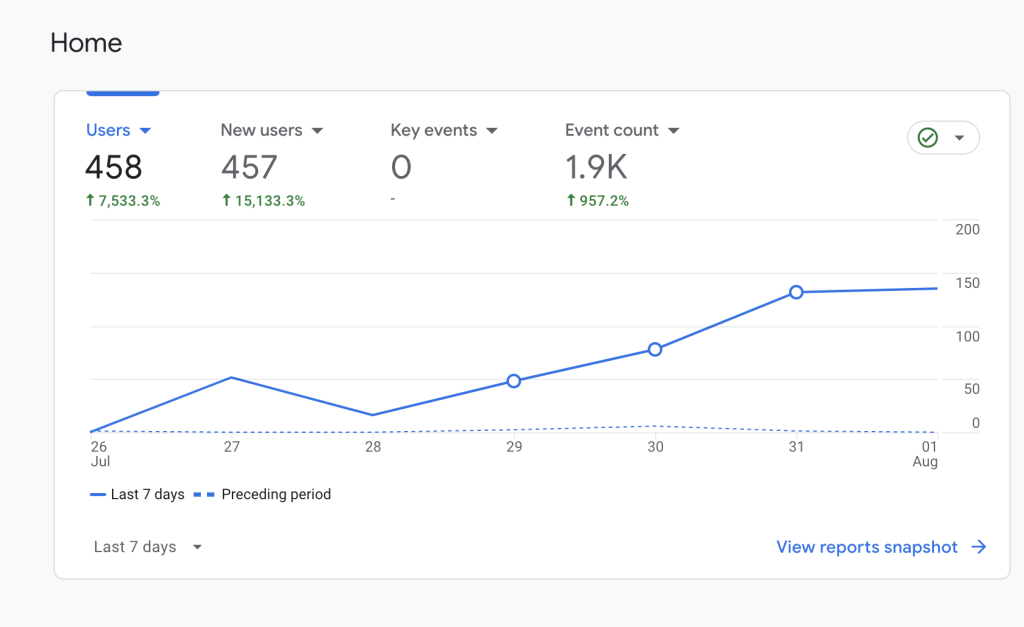
Track the number of visitors to your site. Use tools like Google Analytics to understand where your traffic is coming from and which pages are most popular.
For example, if you notice a spike in traffic after a social media campaign, you can invest more in similar strategies.
Conversion Rate (CR)
Measure the percentage of visitors who make a purchase. A low conversion rate might indicate issues with your website’s user experience or product offerings.
For instance, if your conversion rate is low, consider optimizing your product pages with better images, descriptions, and clear calls to action.
Average Order Value (AOV)
Calculate the average amount spent per order. Increasing your AOV can significantly boost your revenue.
Consider offering bundle deals or free shipping on orders over a certain amount to encourage customers to spend more.
Customer Acquisition Cost (CAC)
Determine how much it costs to acquire a new customer. Lowering your CAC can improve your profit margins.
For example, if your CAC is high, focus on more cost-effective marketing strategies like organic social media or referral programs.
Customer Lifetime Value (CLV)
Estimate the total revenue you expect to earn from a customer over their lifetime. Increasing CLV can enhance long-term profitability.
You could implement loyalty programs or subscription models to encourage repeat purchases and increase CLV.
Return rate
Monitor the percentage of products returned by customers. A high return rate might indicate quality issues or mismatched customer expectations.
If returns are frequent for a specific product, review its description, images, and sizing information to ensure accuracy.
Conclusion
Anyone wondering how to start a print-on-demand business should follow these key steps:
- Choose a niche
- Decide what products to sell
- Create unique designs
- Select a reliable print provider
- Create an attractive landing page for your brand
Effective pricing strategies, robust marketing efforts, excellent customer service, and regular performance monitoring are crucial for success. These insights help you create a profitable and sustainable POD business.
Focus on understanding your target audience, continually improving your products and services, and staying adaptable to market trends.
How to start a print-on-demand business FAQ
How much does it cost to start a print-on-demand business?
Starting a print-on-demand business can cost between $200-500 initially. Website costs can be as little as ₹249.00/month with Hostinger Website Builder. Design tools generally cost $20-50/month, product samples around $20-$50, and marketing expenses typically range from $50-100.
Is print-on-demand a profitable business model?
Yes, print-on-demand can be highly profitable, especially if you choose a profitable niche, create appealing designs, and effectively market your products. Profit margins can vary but typically range from 20% to 50%.
How to create designs for a print-on-demand business?
You can create designs yourself using design software like Adobe Illustrator or Canva, purchase premade designs, or hire a professional designer. Ensure your designs are unique and resonate with your target audience. Most importantly, avoid using copyrighted or trademarked materials without proper authorization.



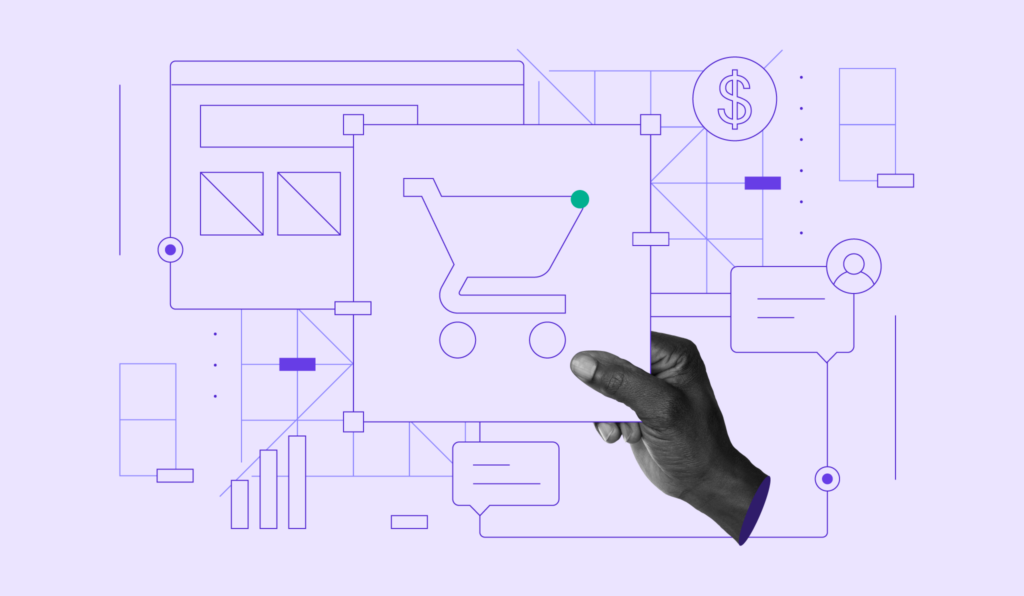
Comments
October 20 2024
Thanks for this. I followed these steps, but Printful needs to be integrated with store platform like woocommerce or wix. I can't find Hostinger on there. Do you have any thoughts as to what's missing?
October 23 2024
Hey! To integrate Printful, you’ll need a platform like WooCommerce, which can be hosted on Hostinger. You might consider installing WooCommerce on your WordPress site hosted with Hostinger to facilitate this integration. However, if you're using Hostinger Website Builder, it currently doesn't support API integrations like Printful directly. In that case, you might need to use custom code to add Printful’s API or widget to your website's HTML :)
December 10 2024
I want to start a business print on demand
December 11 2024
That’s so cool! Hopefully, our guide gives you everything you need to get started :D
January 28 2025
I am still confused about Hostinger regarding creating a POD store. Your chatbot says Hostinger is not an E-commerce platform. So do I have to use Etsy or other platforms first? Then how does a website ("store") get built and integrated with POD and drop shipping services? Also Hostinger does not integrate with any drop shipping apps, right?
February 05 2025
Hello, Gerald. Hostinger isn't an eCommerce platform, but with our Website Builder’s eCommerce features, you can create your store, add products, and make it your own. Although it doesn’t directly integrate with dropshipping apps, you can still create a fully functional store and connect it with external services ;)
March 03 2025
Hello, Benefita. In your answer to Gerald you mentioned that a fully functional store created with Hostinger can be connect with external services. How about Printful? Printful offers connection to Spotify, Woo Commerce, Wix just to name a few; however, Hostinger is not among them. How do I connect Hostinger shop to Printful? I don't want to build something that is not compatible with Printful or Printify.
March 06 2025
Hey Kristy! Right now, Hostinger's Website Builder doesn’t directly integrate with Printful or Printify, but it does support external services like Google Analytics, Hotjar, and Facebook Pixel to help with your POD business. We’re always working on new features, so feel free to check out our Roadmap to see what’s recently launched and what’s coming next :)